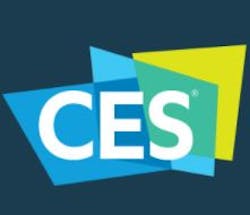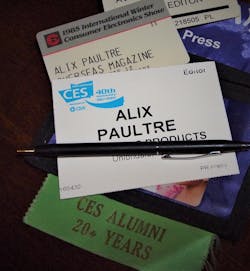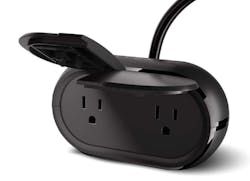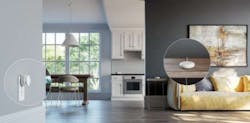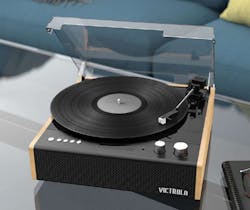CES 2021: Advanced Devices, Advanced Designs
One of the bright notes of the new year and decade is the annual Consumer Electronics Show (CES), currently going on in virtual form due to the current circumstances. One benefit of an electronic event, however, is the ability to actually navigate without shouldering your way through groups of people moving frustratingly slow.
The term “convergence” has gained a mighty momentum, as the ability to imbue a product with a staggering amount of features relatively inexpensively has created a new generation of smart, highly functional, and connected products. The high level of subsystem, sensor, I/O, and wireless integration is placing a great deal of pressure on the designers tasked with creating them.
Power to the people
One example of how the high level of convergence is manifested in devices can be found in the once-simple power extension cord. Once used to just move electrons around, power connectors and sockets can be smart interfaces, and not just for wire-borne data. For example, the Cync Outdoor Smart Plug from GE Lighting, now a Savant company, that allows consumers to independently control two outlets from the Cync app, or with their voice using Google Assistant or Amazon Alexa.
Products like these are addressing (and creating) the evolving smart home, and advanced connected products like this represent the tip of the future iceberg. The goal is to create a more user-friendly and customizable living experience that enhances comfort and control in the smart home. Intelligent peripherals like this Smart Plug make it easier for users to easily manage things like holiday or pathway lights, fountains, and other outdoor powered devices. Weather resistant, it includes both Wi-Fi and Bluetooth.
Plug-in Security
Web-enabled security solutions are not new, but they are getting ever better and more easy to deploy and use. These systems have to integrate sensor, RF, and other advanced functionality to deliver the promised performance. One product addressing this is designed with simplicity in mind, the Hex system (http://www.myhexhome.com/). Hex requires only three steps to set up: download the app, plug the modules in, and connect it to WiFi.
The Hex Home package includes two devices, a Hex Command (a surface-sitting pod) and a Hex Sense (a wall plug-in), which monitor a user’s home using RF waves. As people and animals move through the room, Hex Home then calculates how the waves change, and informs users when meaningful motion is detected. With the accompanying Hex app, users can view real-time and historical motion levels in their home, and change system modes to manage the siren and customize alerts.
Using machine learning, Hex Home has 10 digitally-adjustable sensitivity levels designed to reduce false alarms by filtering out pet and mechanical motions from things such as robotic vacuum cleaners. This digital sensitivity is claimed to be unique to Hex’s WiFi sensing-based security. Leveraging Origin Wireless AI, a highly innovative approach to WiFi sensing, Hex Home’s novel technology applies advanced signal processing techniques to standard WiFi protocols to derive meaningful ambient insights.
A real A-to-D converter
The issues of convergence and multimode I/O is not just an issue for next-generation devices and personal electronics. Even older application spaces have been transformed. While there have been turntables that convert an analog vinyl record into a digital format, today’s Cloud-enabled world demands more. Any solution must interface with all existing entertainment tech.
Targeting casual use, the Eastwood hybrid turntable is an all-in-one solution from Victrola (https://victrola.com/) with an Audio Technica moving-magnet cartridge and built-in stereo speakers. The 21st-century stuff is the ability to connect to external Bluetooth speakers or even work in the other direction by being able to play streamed music from a smart device like a phone or tablet. Users may also connect to an external Bluetooth speaker, headphones, stereo, soundbar, and all other devices as it features a headphones and RCA Output Jack.
More to come
These devices are only a small number of the advanced solutions on display at CES 2021. We’ll be posting more reports over the next days and weeks, so check back!
Don't forget to check out this content from our sister publications:
About the Author
Alix Paultre
Editor-at-Large, Electronic Design
An Army veteran, Alix Paultre was a signals intelligence soldier on the East/West German border in the early ‘80s, and eventually wound up helping launch and run a publication on consumer electronics for the US military stationed in Europe. Alix first began in this industry in 1998 at Electronic Products magazine, and since then has worked for a variety of publications in the embedded electronic engineering space. Alix currently lives in Wiesbaden, Germany.
Also check out his YouTube watch-collecting channel, Talking Timepieces.
